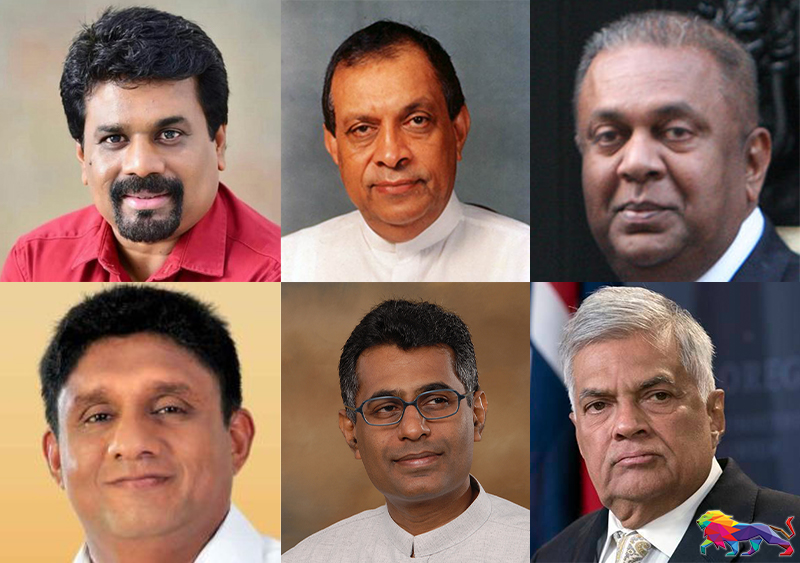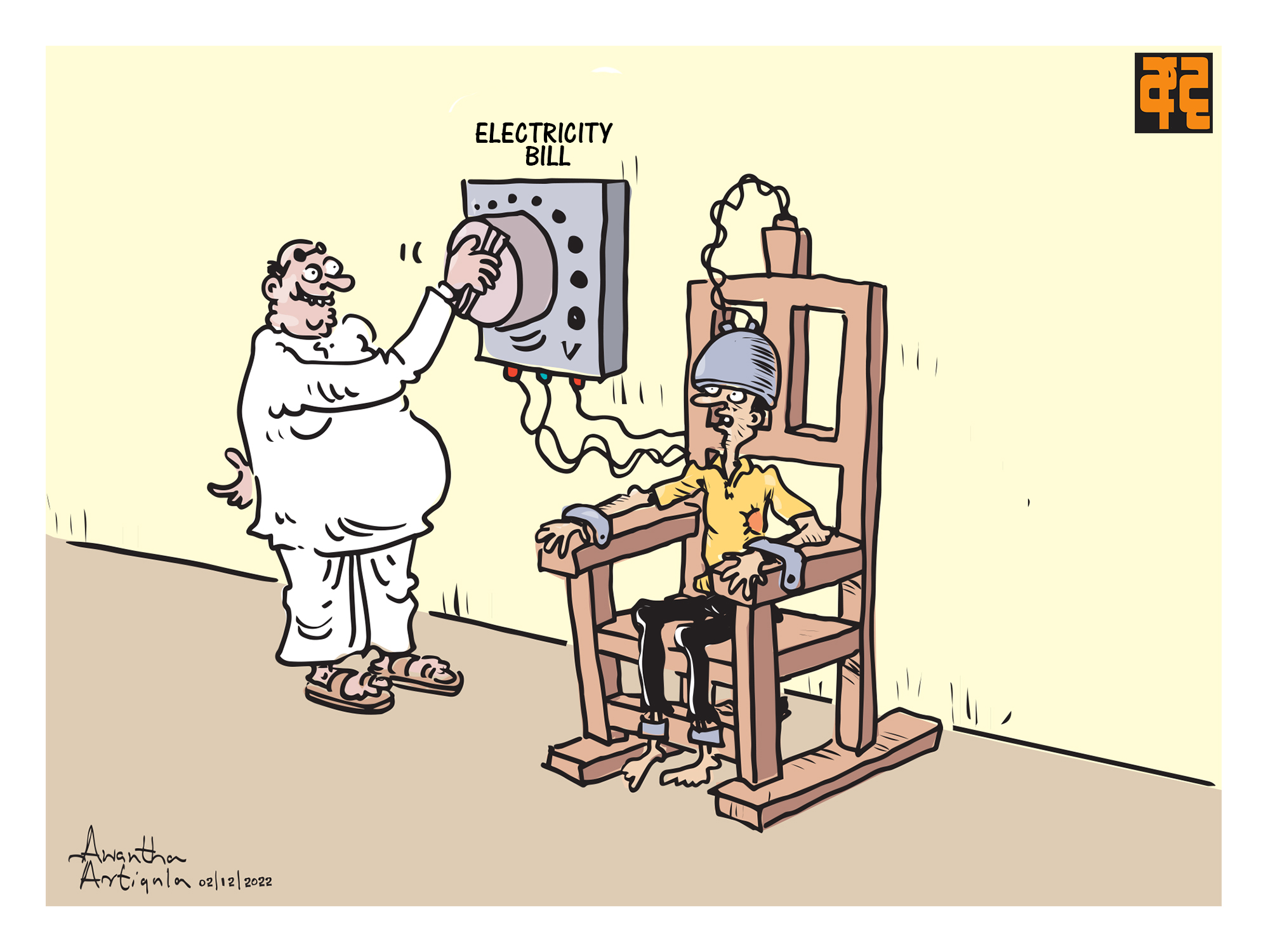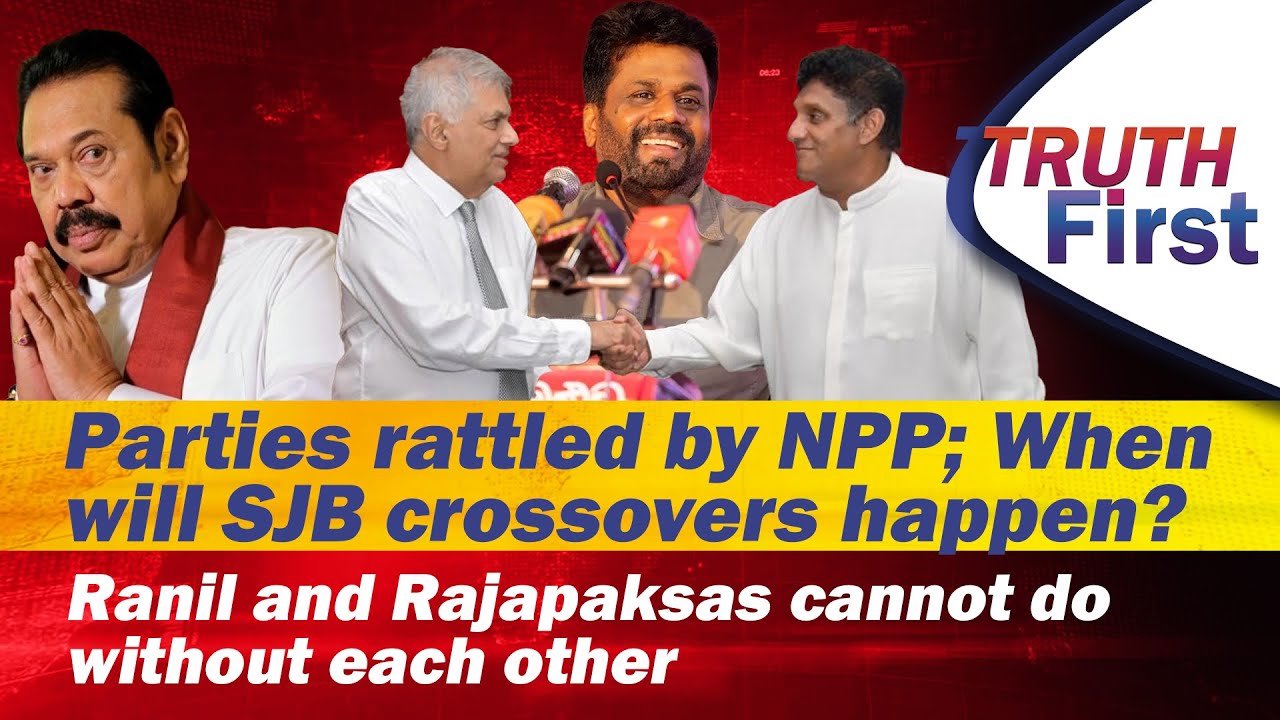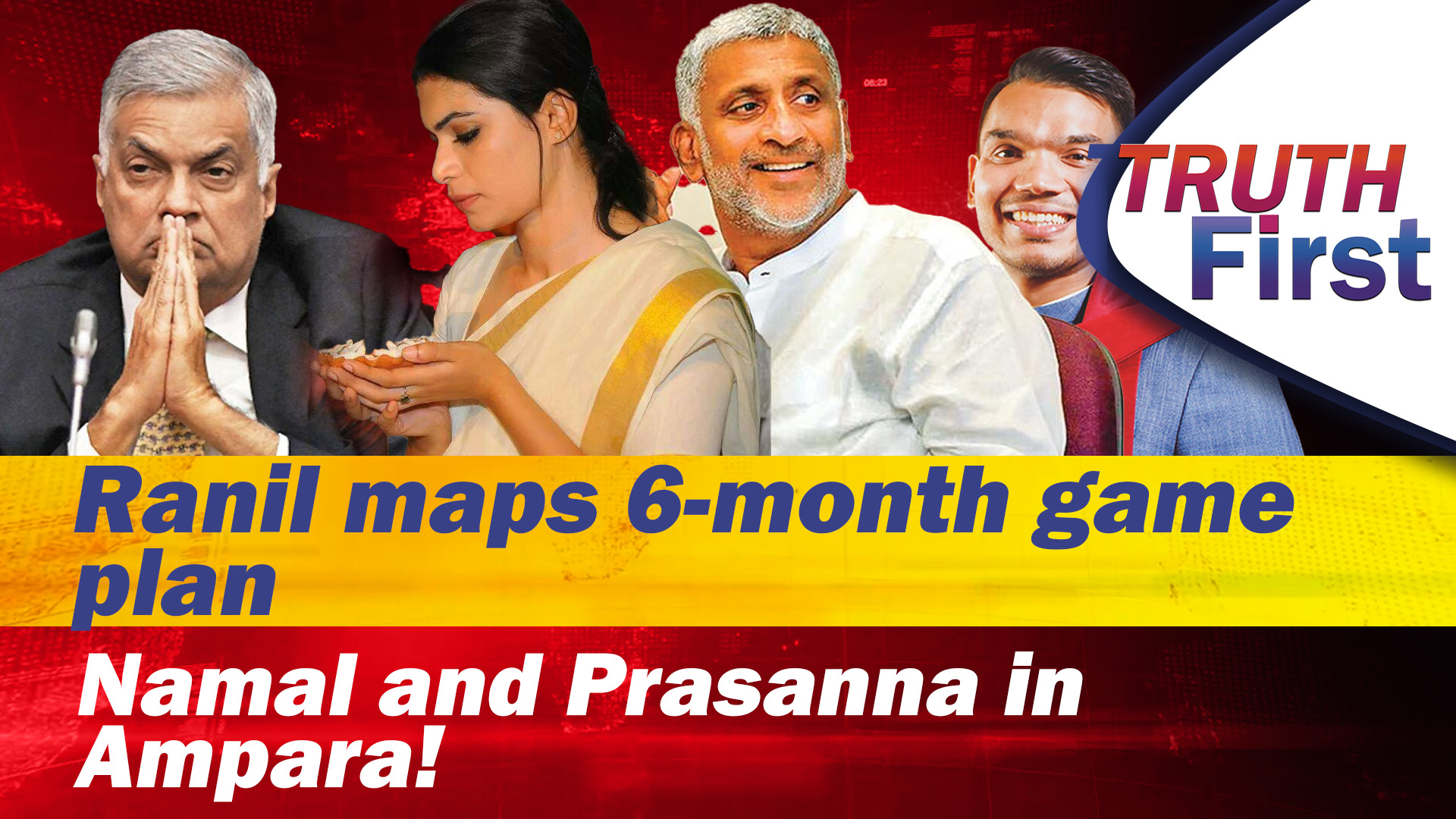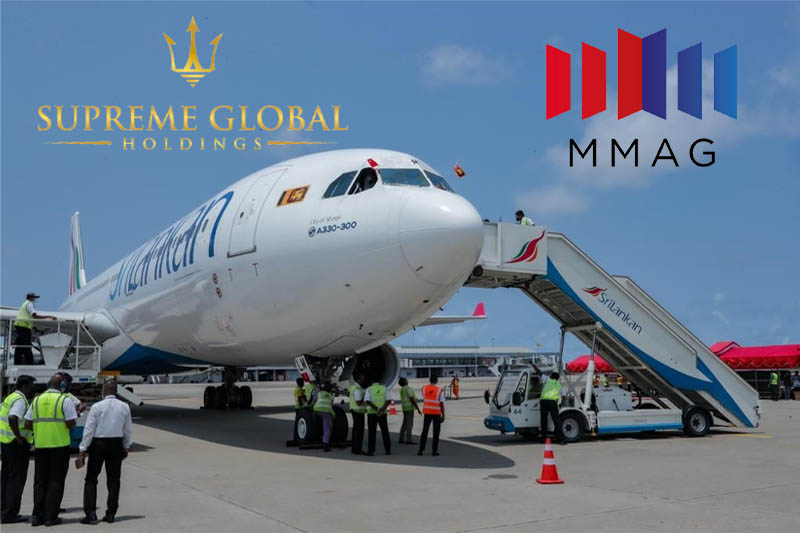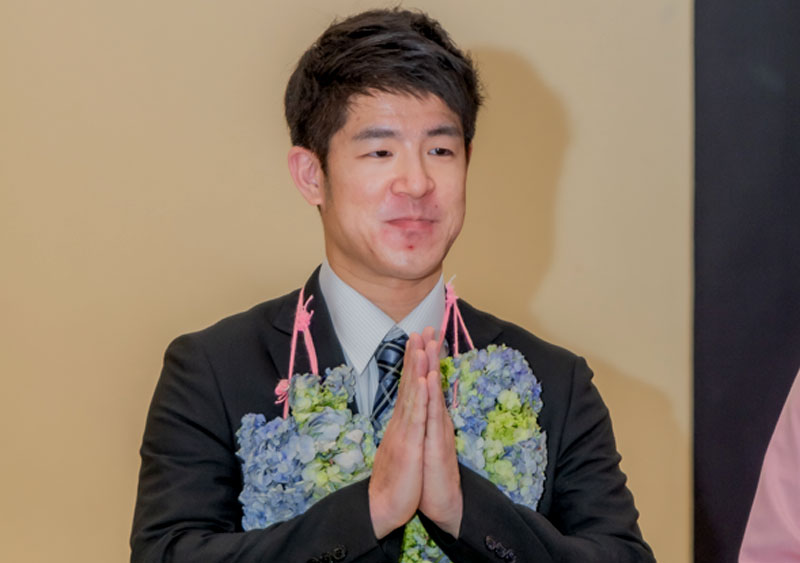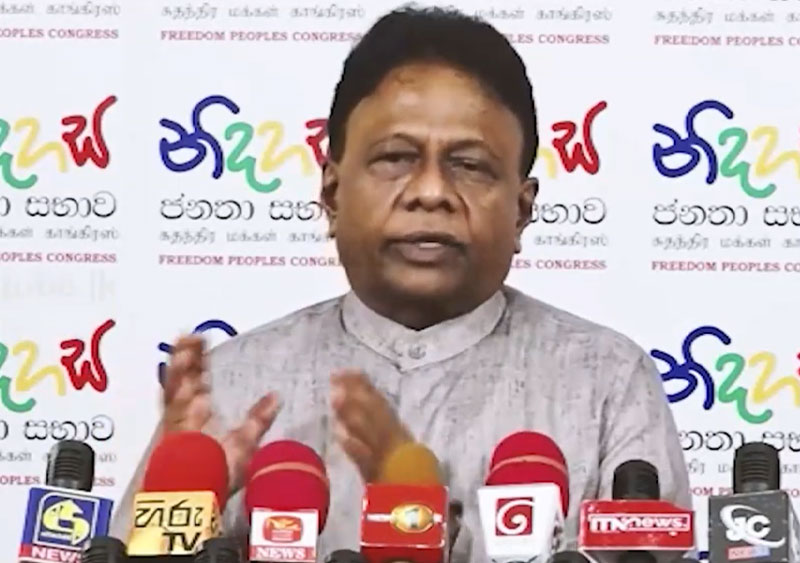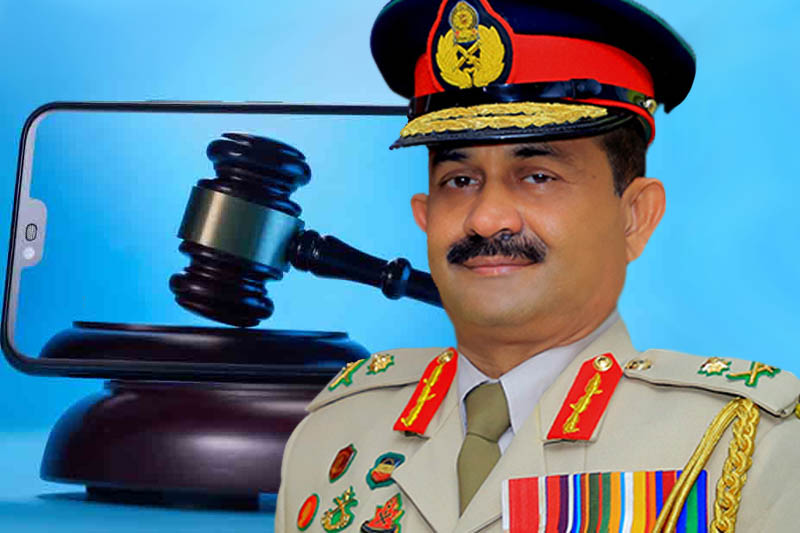By Victor Ivan
Not having mature leaders or failure to produce such leaders during the post-independence period, who possessed the right ability and good judgment to carry forward uninterruptedly, the success in the pre-independence era, can be considered as a crucial factor influencing the failure of Sri Lanka.
Also, not having such leaders with a strong vision even now when Sri Lanka has become a failed and bankrupt State, capable of rescuing the country from its present unfortunate plight can be described as the biggest challenge the country is facing.
Petty mindedness of leaders
All Heads of State from Prime Minister D.S. Senanayake down to President Gotabaya Rajapaksa that Sri Lanka has produced so far can be considered as petty leaders who lacked a broader vision.
However, it must be stated that the leaders, who came to power from time to time until 1977, did not misuse their power to amass wealth for themselves in dishonest and unlawful manner except that on rare occasions they had patronized a limited clique of their supporters who had helped them financially in election campaigns.
However, they lacked a clear vision required for building the nation and as such, their approach to ethnic, caste and religious issues can be said to have compounded the issues further, plunging the country into incessant blood shed in the future.
It was only after the establishment of the Presidential System of Governance in 1977 that the Sri Lankan Heads of State began to abuse their power to amass wealth on a large scale.
It was President Jayewardene who introduced a system of large-scale plunder of public property in Sri Lanka. All other presidents who succeeded President Jayewardene continued the system introduced by him, adding new features to it.
Predatory nature
The predatory system that President Jayewardene introduced to Sri Lankan politics can be considered as an art that he had learned from Napoleon.
The inherent and conspicuous features of this ugly and corrupt system introduced by President Jayewardene and had been continued by all his successors by adding more and more new elements to it are as follows.
(d) This system can be considered as a practice maintained with good understanding between the ruling party and the opposition parties. The opposition may talk about the thefts and malpractices of the ruling party. But it is only a nominal objection. In the end, both parties acknowledge that the right to plunder the public property is a matter of opportunity and time which might be reversed when the power to rule is changed.
The two main factors of failure
In the absence of a firm and clear policy on nation building, ethnic and religious divisions in the society were exacerbated since independence pushing the country gradually, towards violence.
The resulting violent conflicts distorted the life of the people and the social system and weakened the State eventually pushing it into a state of degeneration.
The “plunder factor” added to the state administration in 1977 led to a systematic corruption of the State and its institutional system while at the same time drastically diminishing the revenue due to the State and plunging the country to the brinks of bankruptcy.
The need for a new approach
The present situation can no longer be overcome by the old system. It needs a new approach. But all opposition political leaders still seem to be thinking in the old way.
Apparently, they are of the view that the failure and bankruptcy facing the country is a unique situation caused by the failure of the incumbent President and the present government. They seem to believe that it is a problem which could be solved by them after gaining the ruling power into their hands.
But the failure of the state and bankruptcy of the economy are not simple problems that can be solved by the way they think. It is a complex crisis that must be addressed by a national-level structural reform program that focuses on recreating the socio-political system and the State.
The best example of this is the judiciary. The change of government does not change the decay that has taken place in the judiciary. This applies equally to the other institutions in the state sector as well.
If the main sources of state revenue are held by politicians and their cronies, that situation must be reversed through structural reforms. They do not change automatically merely because the government is changed.
In order to make a real difference in the current miserable situation of the country, it is essential that we identify a mature leader with the right traits of leadership who would stand for a positive change.
At this juncture, the country needs a strong leader who would firmly appear for nation-building and stand against the plunder of public property which has become a hallmark of the state administration, and ready to orientate the country for a structural reform program without waiting for the next presidential election.
The names of the traditional leaders currently representing the opposition are produced below in the order of the English alphabet: they are Anura Kumara Dissanayake, Karu Jayasuriya, Mangala Samaraweera, Sajith Premadasa, Champika Ranawaka and Ranil Wickramasinghe. These six leaders can be described as representing the old order of politics, and have contributed in one way or other to maintain the old system.
If they still continue to think the old way, there is hardly anything they could do to save Sri Lanka. But there may be some among them who understand the bitter reality and would like to change themselves and also possess the determination to do so.
What they need is an honest self-criticism of themselves and willingness to change the path they had followed so far.
Who are the leaders of the opposition ready to take this challenge and prepared to change? It is left to them to confess and make it public. Only then will there be a public debate on it.

